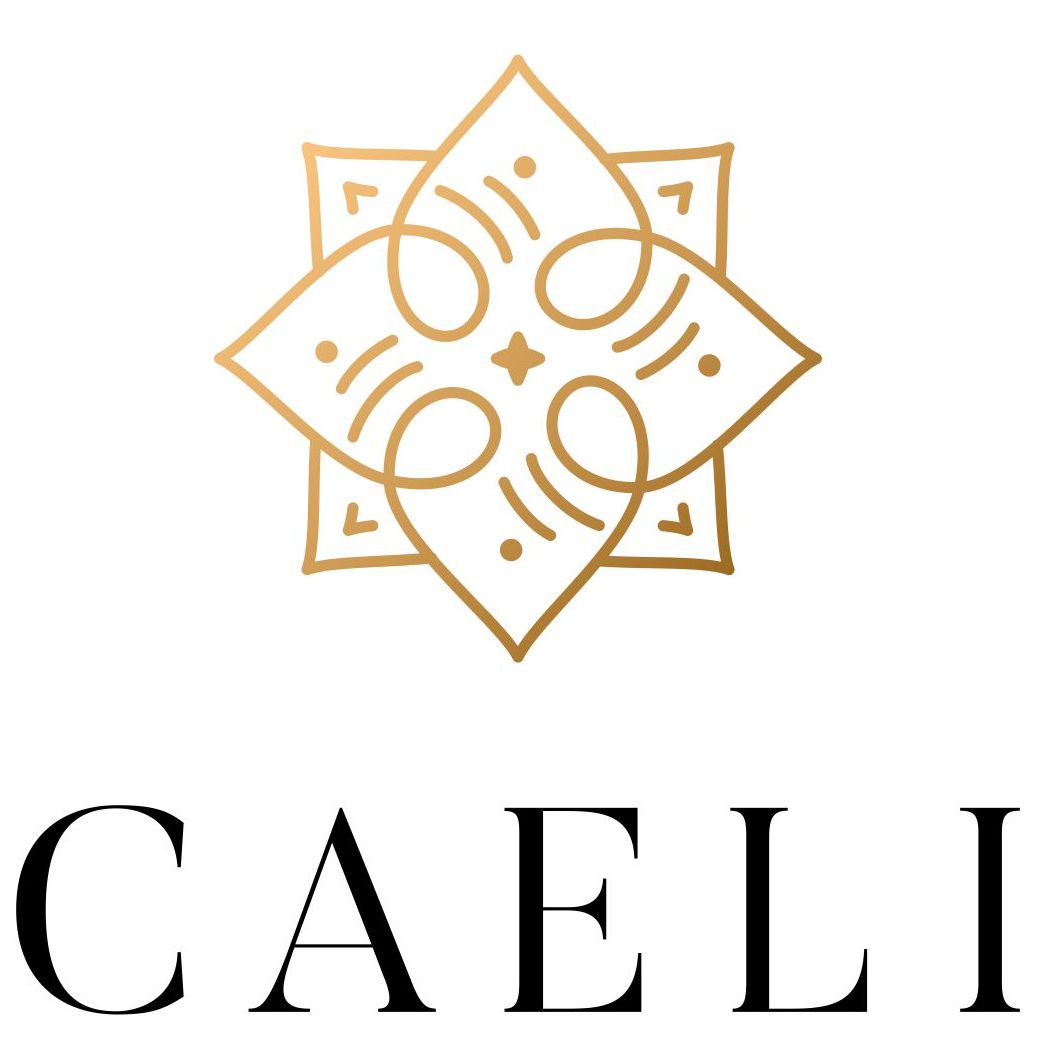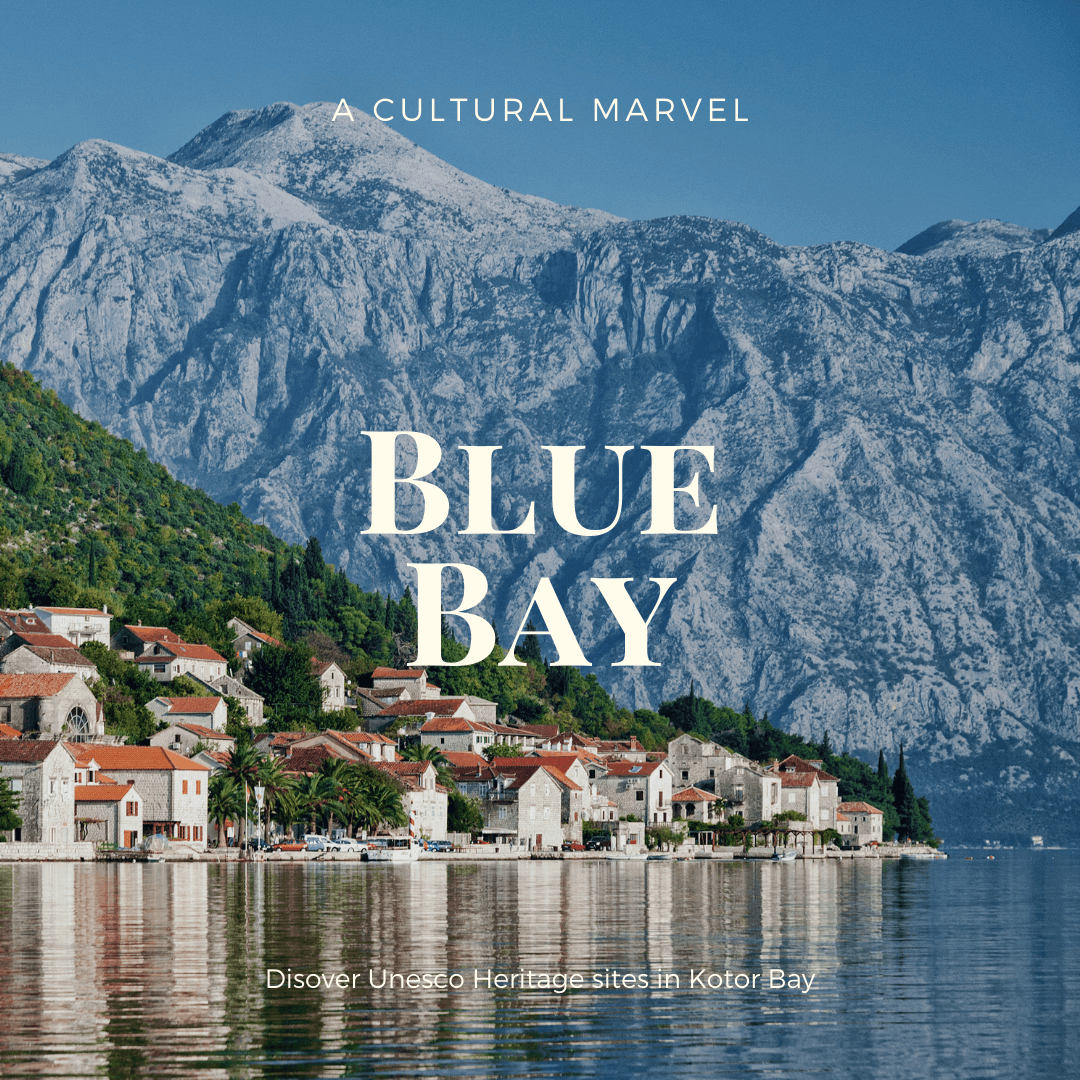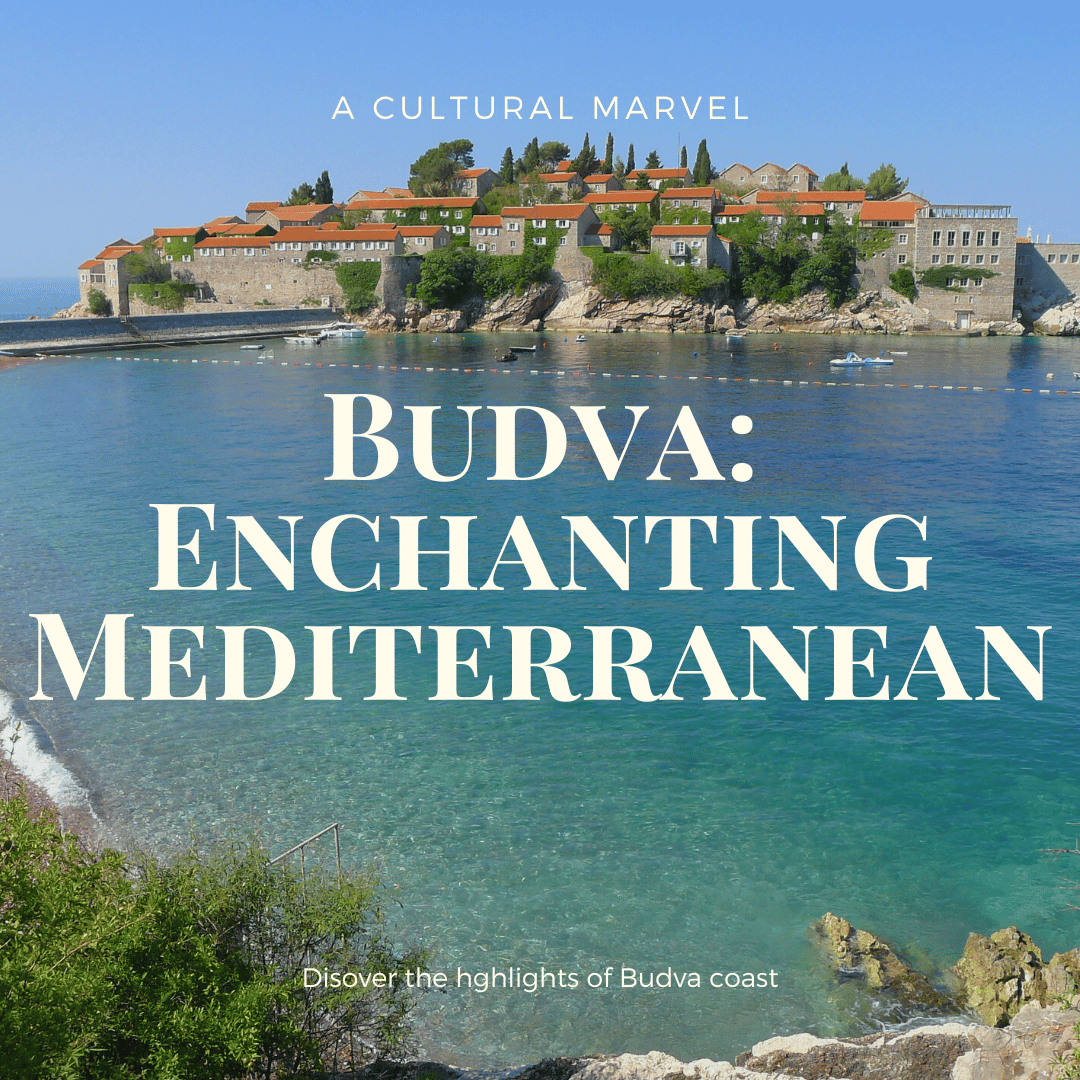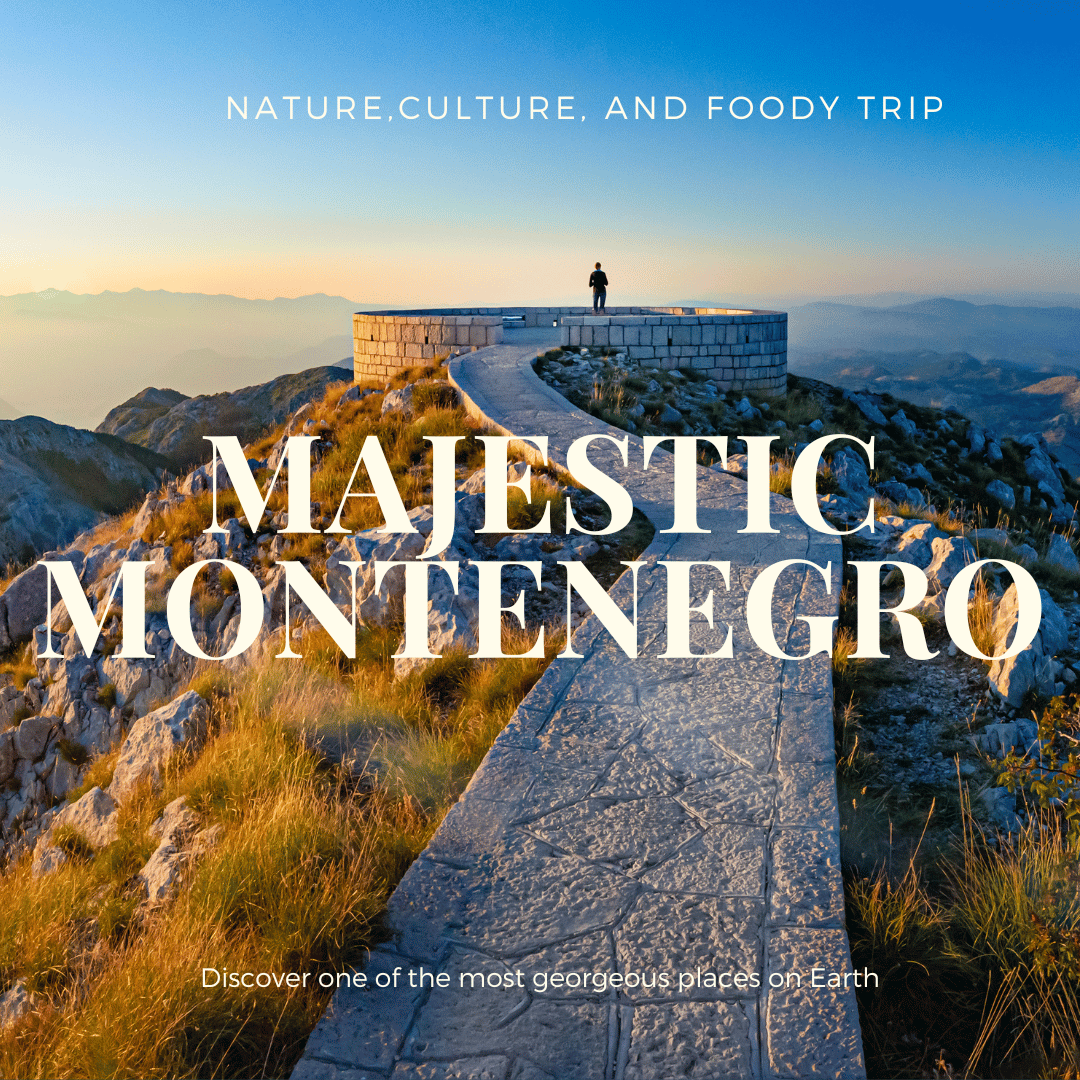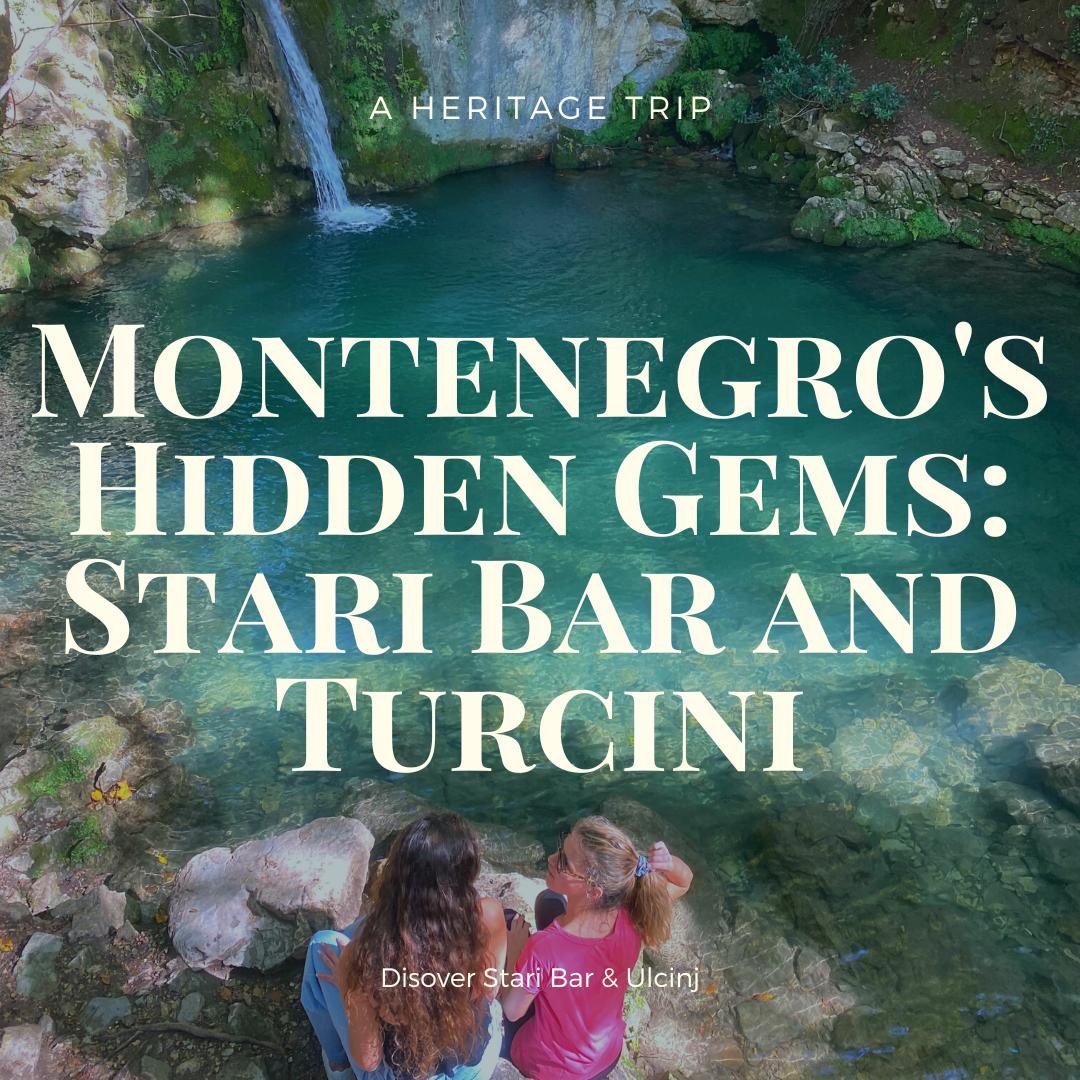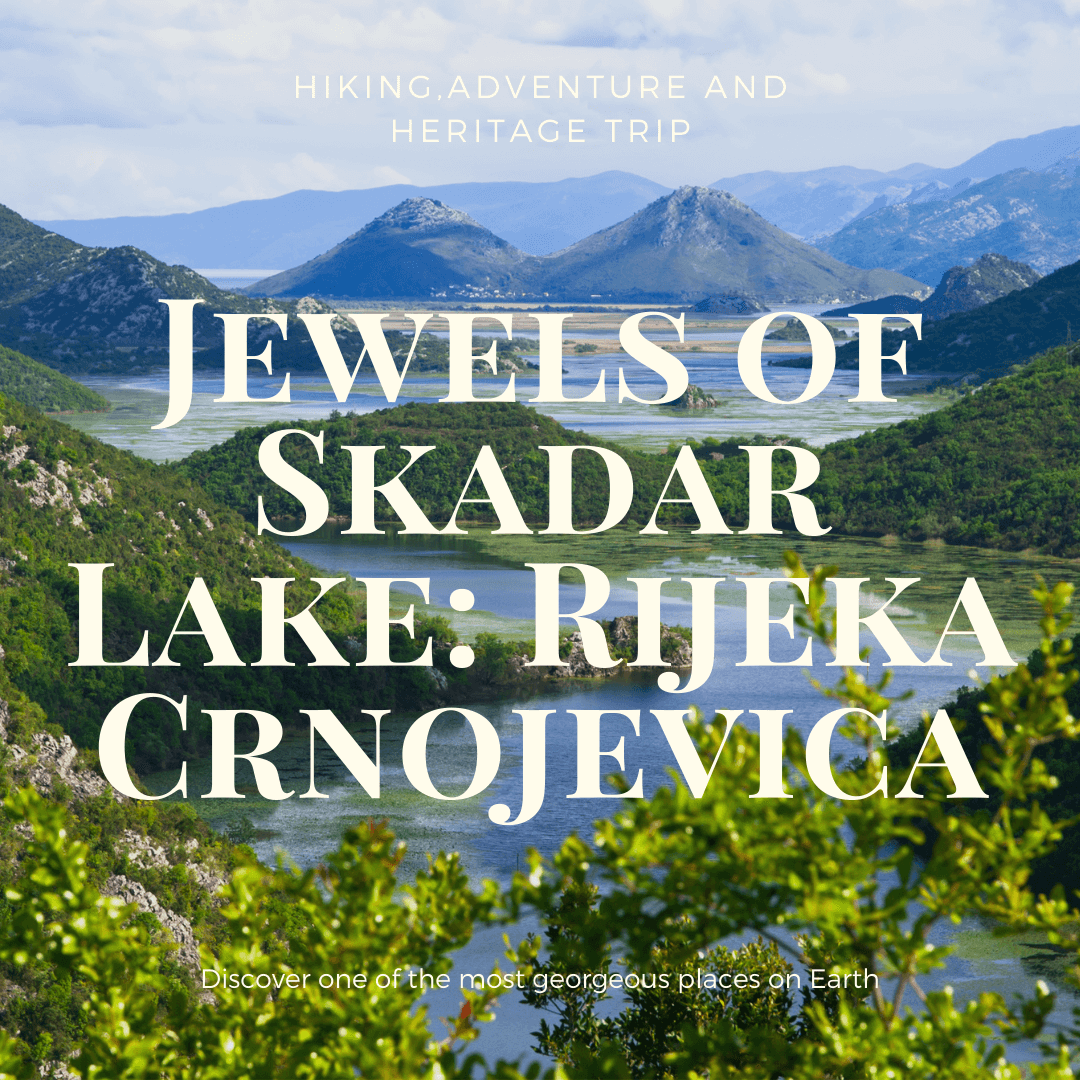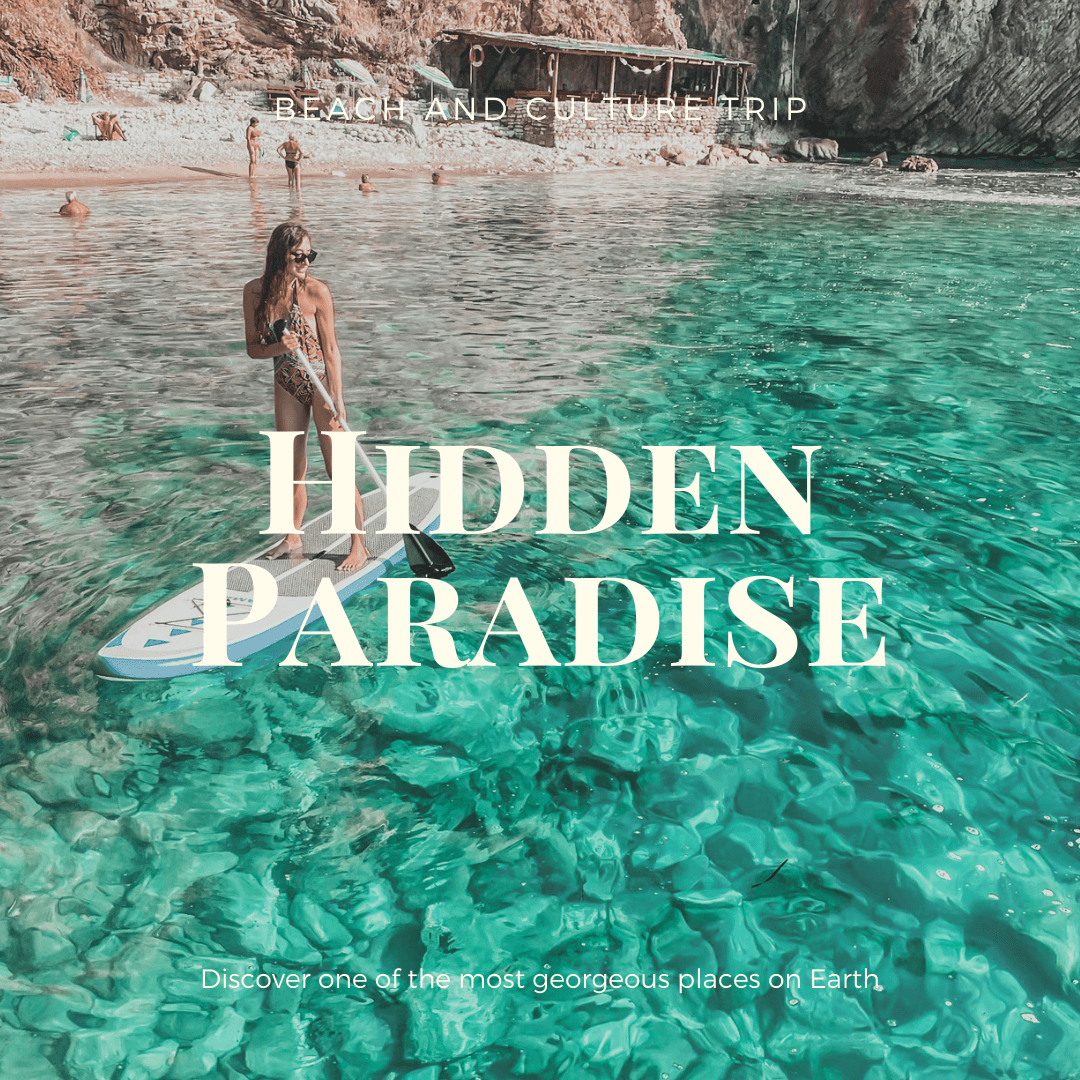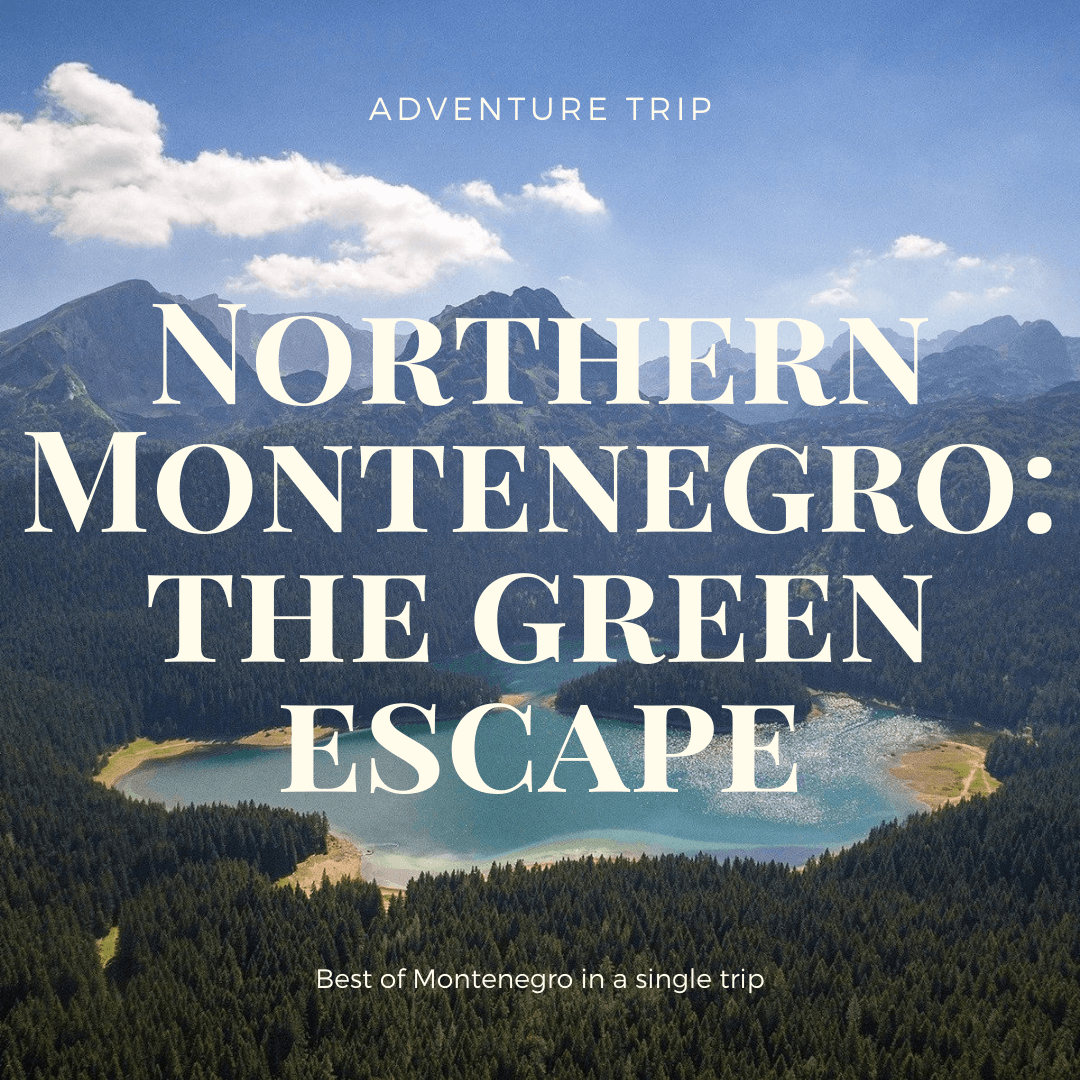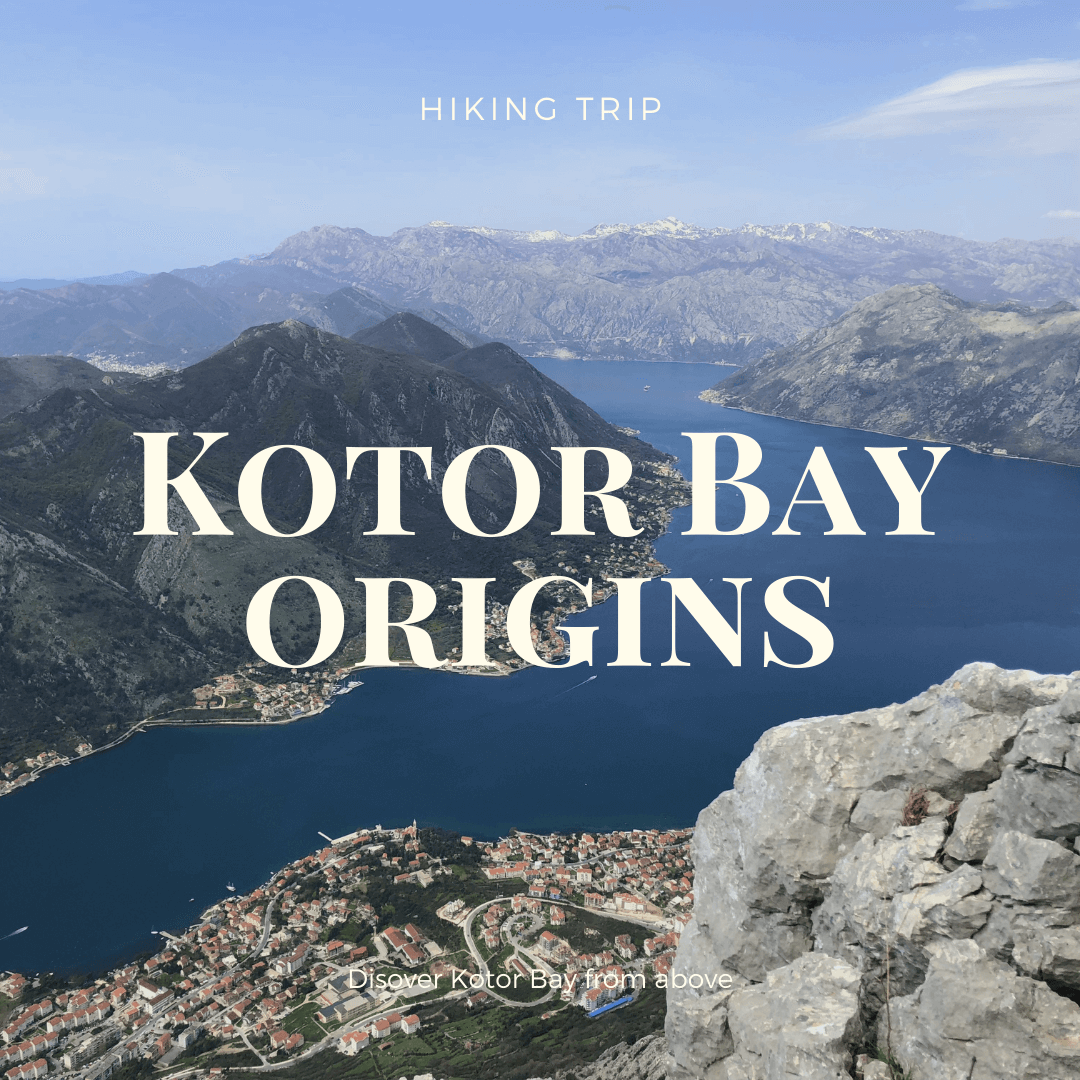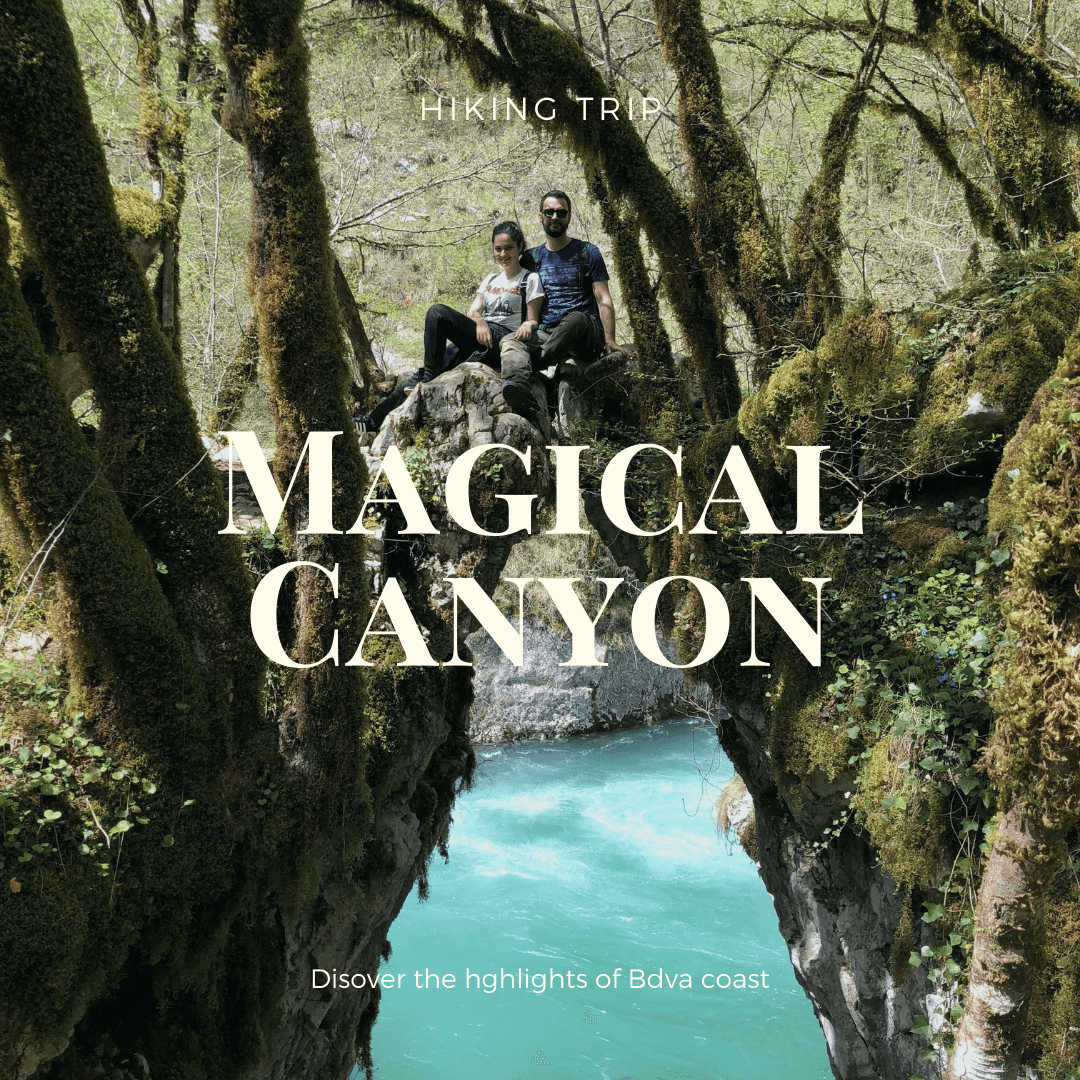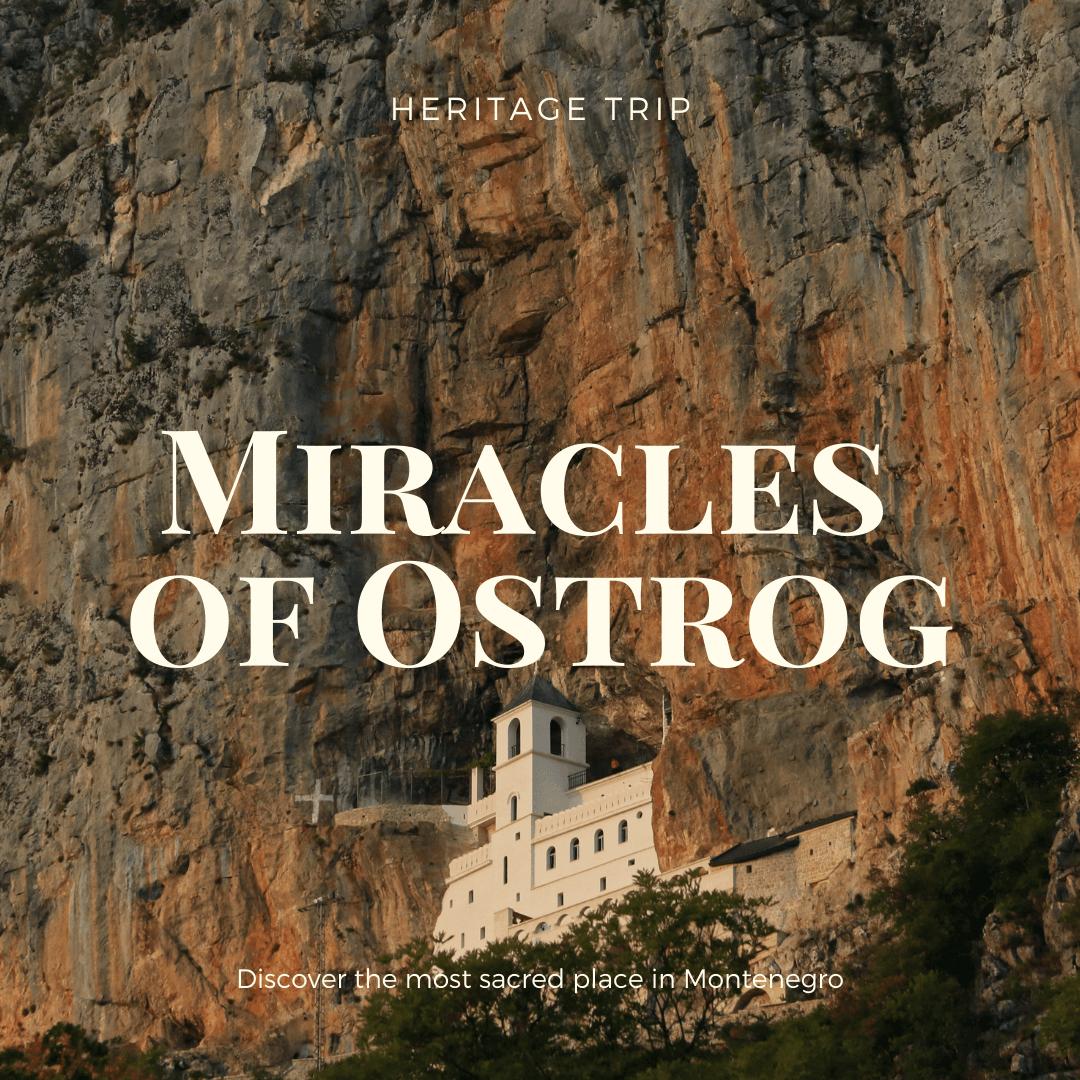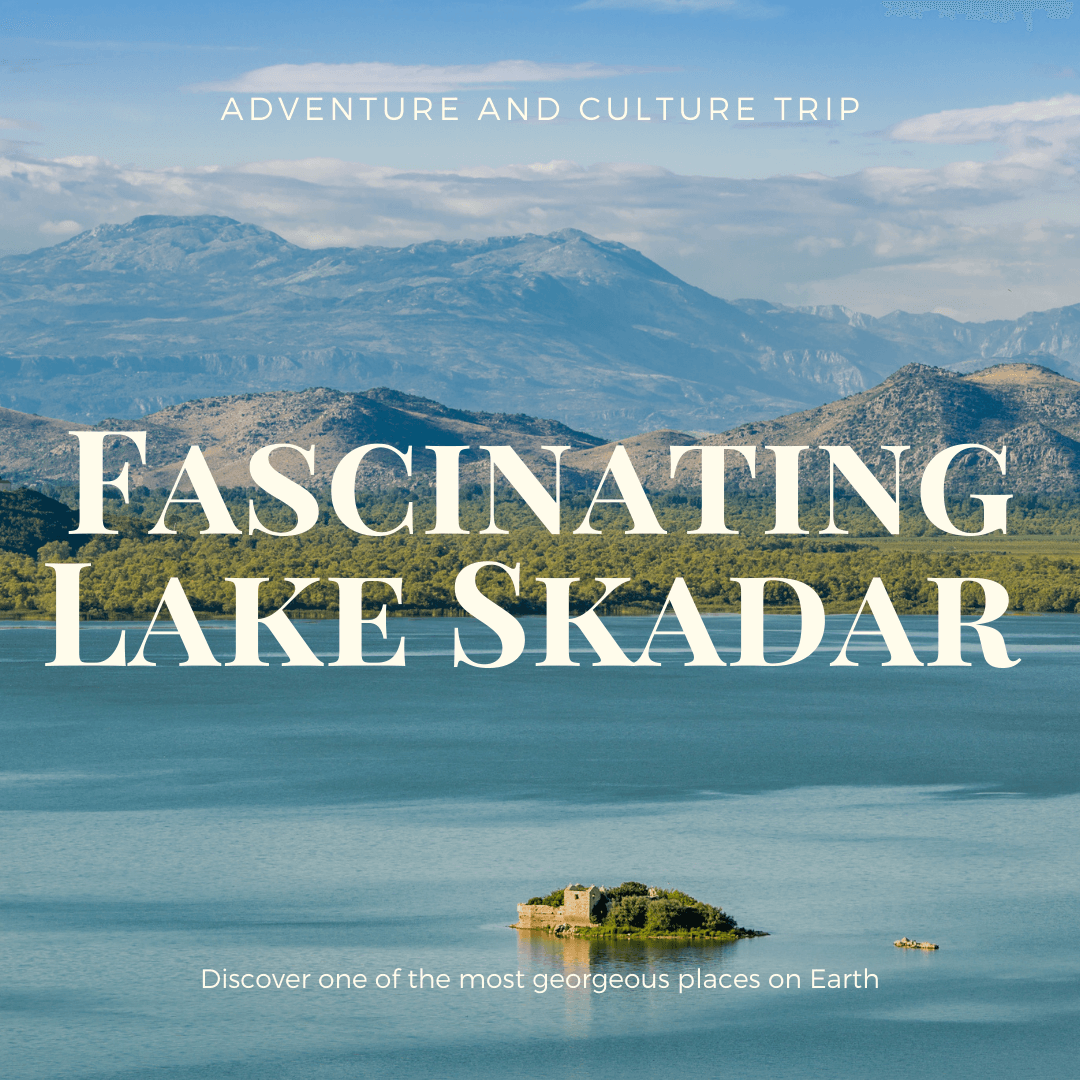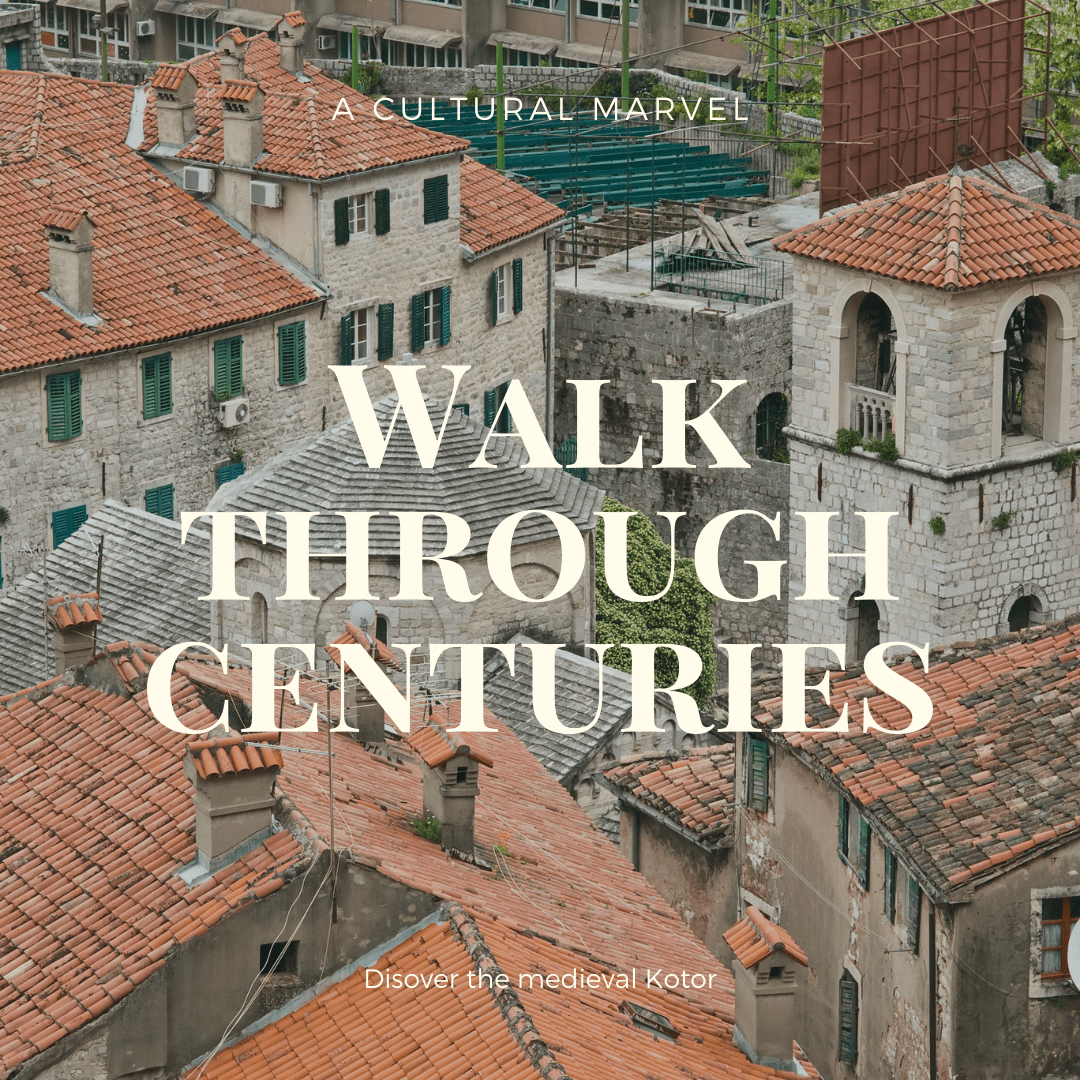Montenegrin national costume - the cultural heritage of Montenegro
Montenegrin cultural heritage has a rich, centuries-old history, with the national costume standing out as a significant aspect of Montenegrin life. Unlike in other Balkan countries, the national costume in Montenegro holds a unique importance. This arises from its historical role during Montenegro's long struggle for survival and independence. Throughout the centuries, the costume was more than just clothing—it was a symbol of identity and resistance, playing a crucial part in the fight for freedom, as many historical sources claim.
Throughout the centuries, costumes were displayed at weddings, funerals, folk assemblies, church assemblies and similar events. Special attention was paid to customs related to national costume.
In addition to the Montenegrin folk costume that was mostly worn in Cetinje, each region of Montenegro had its own specifics and completely different clothing items that made up the folk costume of that region. Thus, the costume of Boka or Paštrović tribe, who were under the influence of the Republic of Venice and later the Austro-Hungarian monarchy, is significantly different from the city costumes of Bijelo Polje or Rožaje in the northern part of Montenegro, where the oriental spirit prevails. Today, we can confirm with certainty more than a dozen national costumes that were characteristic of certain regions of Montenegro.
In recent times, national costumes are most often worn at folklore shows, at tourism fairs where Montenegro is presented as a destination and sometimes even at weddings. However, nowadays, they are mostly kept as museum exhibits.
National costume of Montenego
The Montenegrin national costume is a blend of colors and gold embroidery, often called as one of the most beautiful traditional outfits in Europe. Over the years, various cultural and ethnic influences have shaped the design and production of these costumes. In Montenegrin culture, there are three main types of folk costumes: men's, women's, and formal costumes reserved for special occasions. Additionally, there are several variations within the men's and women's costumes, with notable differences between those worn along the coast and those from the central regions of Montenegro. Crafting a national costume is a labor of love, typically taking about three months to complete.
King Nikola`s museum in Cetinje - The most important center of museum material related to Montenegrin political, military and cultural history from the Middle Ages to 1918. Here you can see how Montenegrin national costume looked.
If you are interested in history of Montenegro - we have a tour focusing on this. The tour is an in-depth exploration of Montenegrin customs, cultural heritage and history. Click here to book our tour of Cetinje The Royal Charm.
Men cloth (wool) costume
Men's cloth costume consists of: shirt; woolen jamadan - with or without sleeves, on a deep fold trimmed with cord; white woolen underpants; knee-length, long-sleeved, decorated with cords and buttons around the neckline; silav – leather belt; dog - lower, woven belt, striped pattern, with fringes at the end; lower legs; socks; cap.
Montenegro National Costume for men.
Women's cloth (wool) costume
Women's cloth (wool) costume consists of: shirt - with colorful, narrow embroidery around the neckline; a skirt of coarser woolen fabric; - a darker woven pregača (apron), white wool jacket with long sleeves; white woolen coat - elegant, slightly bell-shaped cut, decorated with discreet colorful embroidery and woolen buttons, woolen socks; opans; or shoes; cap for girls or scarf for young women; fabric, multi-colored woolen belt - for girls, or jakichar - a massive leather belt, waist - woven, rectangular robe with long fringes, waistcoat - multi-colored woven purse with long fringes and tassels.
Beautiful Nela in Montenegrin national costume.
One of the interesting things about the Montenegrin costume in the time of King Nikola is that due to the expensive material and the way it was made, the possession of the ceremonial costume was materially exhausting for the already exhausted Montenegrin people. This forced Prince Nikola to repeatedly issue orders prohibiting its production and use.
The Montenegrin Royal Family with King Nikola and Aleksandar Karadjordjevic: A Snapshot from 1910
Men's formal costume
Unlike women's costume with always the same number of parts, men's formal costume has a large number of individual clothing elements, which could not all be worn at the same time, but were combined depending on age, material possibilities and climatic conditions.
It consists of: shirt - linen or cotton with long sleeves; jamadan (vest) – to the waist, with or without sleeves, with a deep fold and with rich floral gold embroidery; ječerma – a red chohan waistcoat with gold embroidery of a floral motive; breeches – (dimije) – made of blue chocha, wide legs, wrinkled at the waist; dushanka - from a red fine chocha, to the waist, with rich gold embroidery and buttons and loops made of gilded silk; waistcoat - from a fine bodice, to the waist, without sleeves, with a dense tangle of embroidered floral motives on the back and straps, silav - a lower belt made of several sheets of leather, connected by metal threads, in which weapons, money bags and tobacco were found; trombolos – upper, silk belt, with fringes at the end; narrow legs made of white cloth (wool), with buttons for fastening, encrusted with cord; garter belts - narrow red bands with gold embroidery, for connecting the legs and underpants below the knees; white woolen socks; shoes or boots - up to the knees, the most formal combination, with a dress; cap - shallow and round, made of black silk brim and red iron crown with gold embroidery on it. An integral part of men's clothing and weapons, first necessary for defense, later more decorative and a symbol of strength and prestige: pistols - with silver ornaments.
Old Montenegrins with men playing gusle, traditional instrument
The women's formal costume
The women's costume consists of the following parts, which are always combined in the same order: bustin (undershirt) - white cotton, decorated with white embroidery and small buttons; petticoat; shirt - made of silk or cotton fabric, long sleeves, with embroidered lace around the neckline; skirt - bell-shaped, ankle-length; jacket (long-sleeved waistcoat, married women) or dolaktica (short-sleeved waistcoat) - made of silk plush length up to the waist, decorated with luxurious, stylized gold embroidery; bodice – a long sleeveless piece of light green silk, decorated with gold embroidery and cords and buttons of gilded silk; ćemer – usually a filigree belt made of silver plates connected by hinges and chains; socks - white, tied below the knee with a cord; opans - made of rope or twisted leather strips, with a beak at the front or shoes. Head coverings were an indicator of women's family status, so girls wore shallow and round caps with gold embroidery on the tepeluk, while married women wore a veil made of black silk thread, lace weave, which was attached to a garland of braids with hairpins and fell freely to in the middle of the back, or a "resača" cloth, black and trimmed with long, silk fringes.
Montenegrin National Costume - beautiful work of art.
In conclusion, Montenegrin national costumes are a proud symbol of our country's heritage, reflecting a rich connection of historical influences and regional diversity.
Montenegrin national costume continues to be cherished as a connection to the past and expression of national identity.
If you are interested in Montenegrin customs and language, click here.
